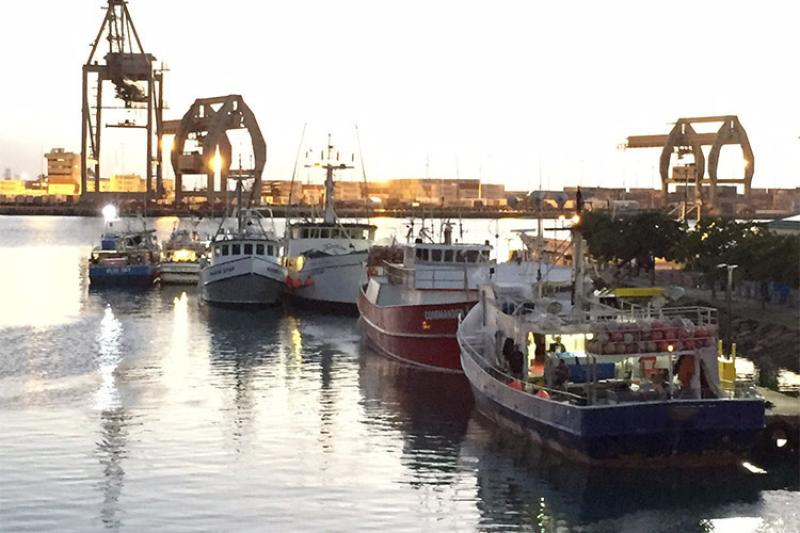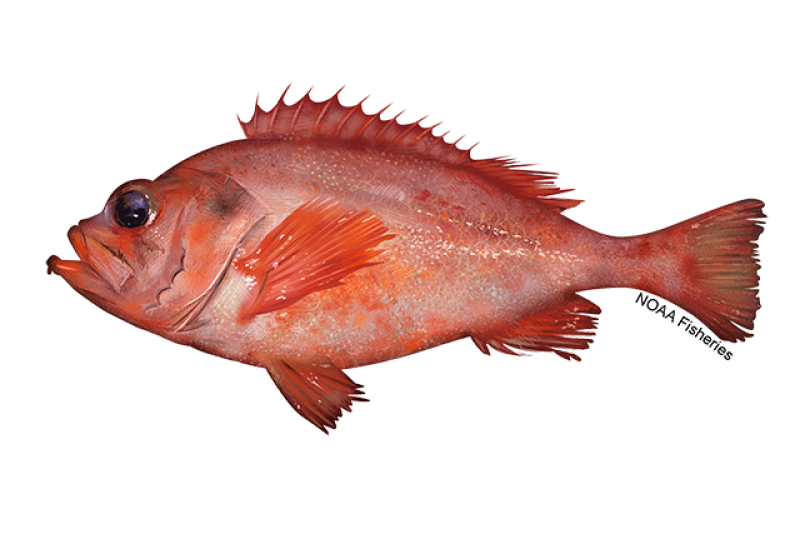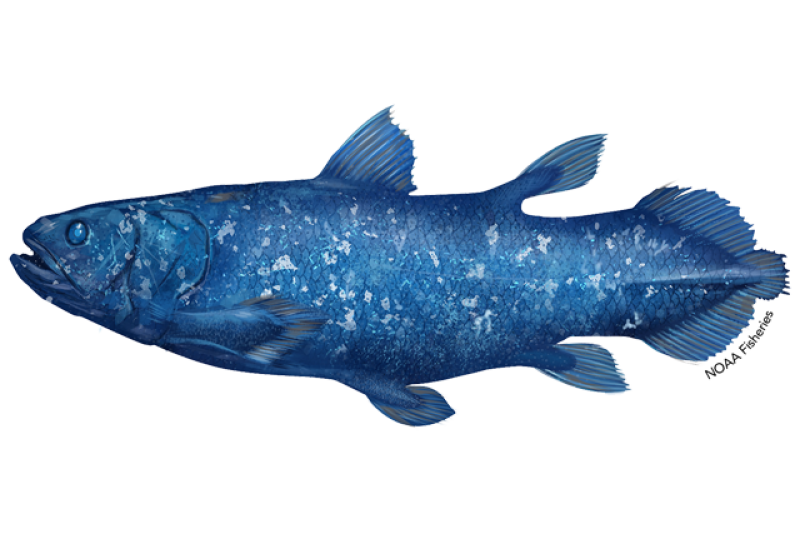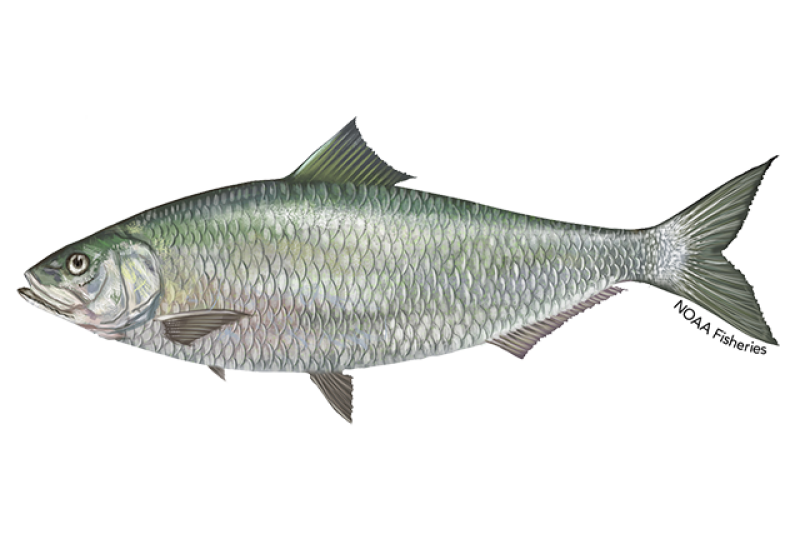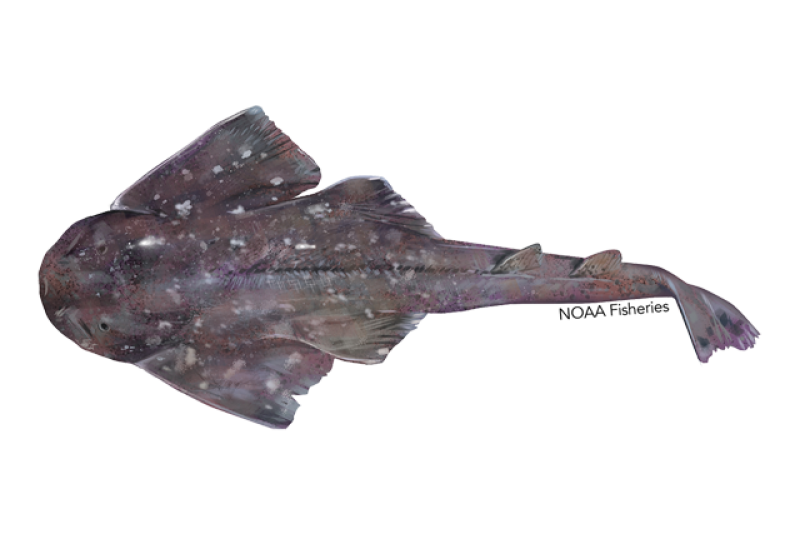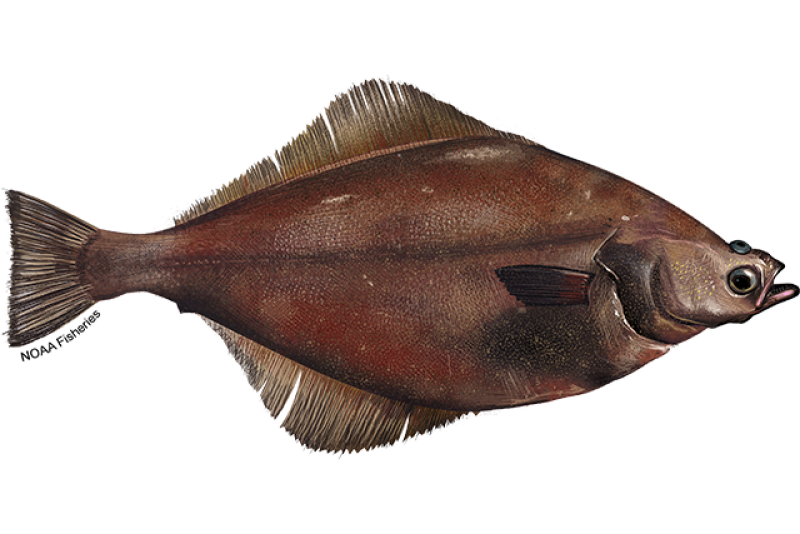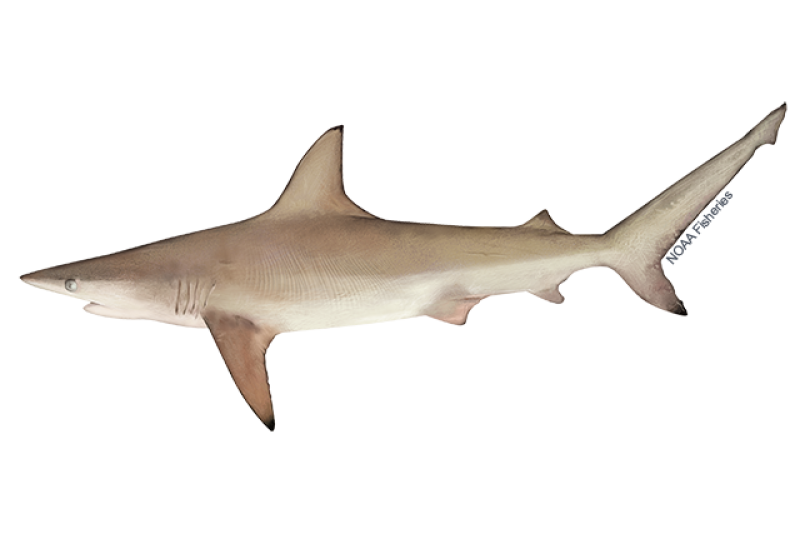Fish & Sharks
Fish are extremely diverse animals living in a variety of habitats ranging from coral reefs and kelp forests to rivers, streams, and the open ocean. Most fish can be categorized into one of two primary groups: bony fish (Osteichthyes) and cartilaginous fish (Chondrichthyes). The skeleton of bony fish is made of bones, while that of cartilaginous fish is made of cartilage. Cartilaginous fish include sharks, skates, and rays.
Most fish under NOAA Fisheries’ jurisdiction are marine fish that spend their entire life in salt water. Others are anadromous—like some species of salmon and sturgeon—which begin their lives in freshwater, migrate to the ocean to grow into adults, and then return to freshwater to spawn.
NOAA Fisheries is responsible for the sustainable management of many species of fish under the Magnuson-Stevens Act that are targeted for human consumption and other uses like fertilizer. Some of these fish include Pacific bluefin tuna, Alaska pollock, and summer flounder. We are also responsible for protecting fish species listed under the Endangered Species Act like Atlantic sturgeon and oceanic whitetip shark.
Species News
 Pacific bigeye tuna. Credit: NOAA Fisheries
Pacific bigeye tuna. Credit: NOAA Fisheries
U.S. Fights for American Fishing in the Pacific, Leads Electronic Monitoring of International Fleets
 A vermillion rockfish—just one of many species that are now abundant—swims through the restored Palos Verdes Reef. Credit: Jonathan P. Williams, Vantuna Research Group
A vermillion rockfish—just one of many species that are now abundant—swims through the restored Palos Verdes Reef. Credit: Jonathan P. Williams, Vantuna Research Group
 The McKenzie River Trust is working with local tribes and groups to restore tidal wetlands that once supported coho, Chinook salmon and steelhead along the Lower Siuslaw River in Oregon. The restoration of such habitat with community support has benefitted salmon and steelhead listed under the Endangered Species Act, a scientific assessment found. Photo courtesy McKenzie River Trust.
The McKenzie River Trust is working with local tribes and groups to restore tidal wetlands that once supported coho, Chinook salmon and steelhead along the Lower Siuslaw River in Oregon. The restoration of such habitat with community support has benefitted salmon and steelhead listed under the Endangered Species Act, a scientific assessment found. Photo courtesy McKenzie River Trust.
Most Threatened and Endangered Pacific Coast Salmon Populations Increased After Listings
 NOAA Fisheries scientist Dr. Michelle Passerotti (left) and Dr. Molly Lutcavage (right) process bluefin tuna gonad samples for reproductive analyses. Credit: Simon Gulak
NOAA Fisheries scientist Dr. Michelle Passerotti (left) and Dr. Molly Lutcavage (right) process bluefin tuna gonad samples for reproductive analyses. Credit: Simon Gulak
Longline Sampling Confirms Young Bluefin Tuna Spawn in the Slope Sea
Multimedia
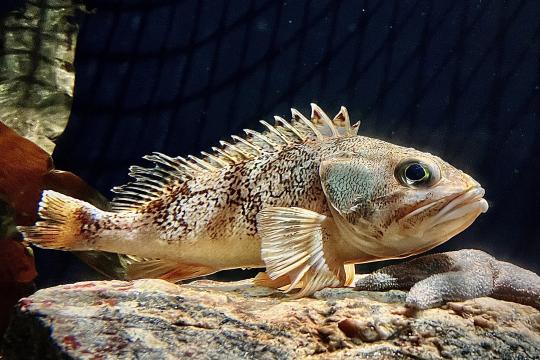

Research
Surveys in the Northeast and Mid-Atlantic
We conduct research and monitoring surveys to better understand the physical, biological, economic, and social components of marine ecosystems found in the Northwest Atlantic Ocean from the Canadian Scotian Shelf to Cape Hatteras, North Carolina.
2025 Alaska Fisheries Science Center Groundfish Seminar Series
2025 Groundfish Seminars held virtually using Webex - Recordings Available.
Estimation of the Two-Stanza Growth Curves With Age Determination Uncertainty for Pacific Blue Marlin (Makaira nigricans) in the Western and Central North Pacific Ocean
New insights into Pacific blue marlin growth improve stock assessments.
Exempted Fishing Permits in Alaska
An exempted fishing permit is a permit issued by the Alaska Region to allow fishing activities that would otherwise be prohibited under federal regulations. These permits are issued for limited experimental purposes to support certain projects.
Understanding Fisheries Management in the United States
NOAA Fisheries is responsible for managing marine fisheries within the U.S. exclusive economic zone. Learn more about the sustainable management of our marine fisheries.
